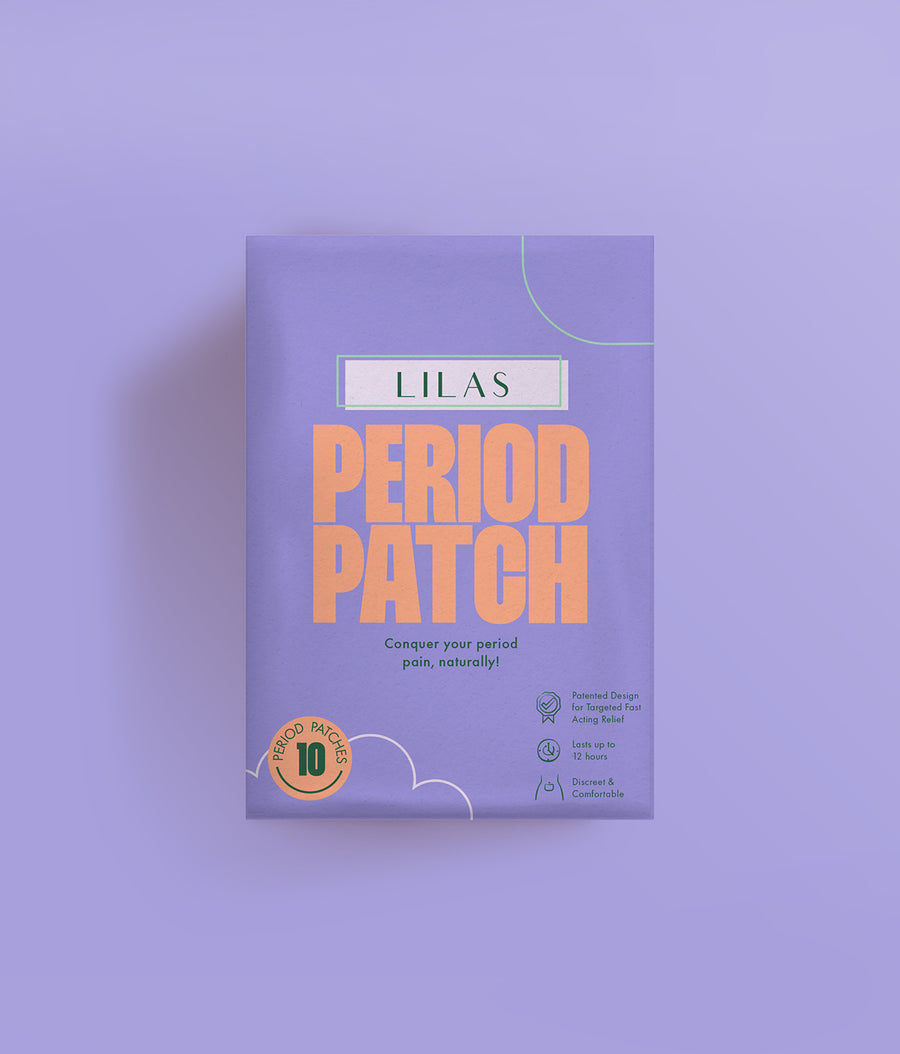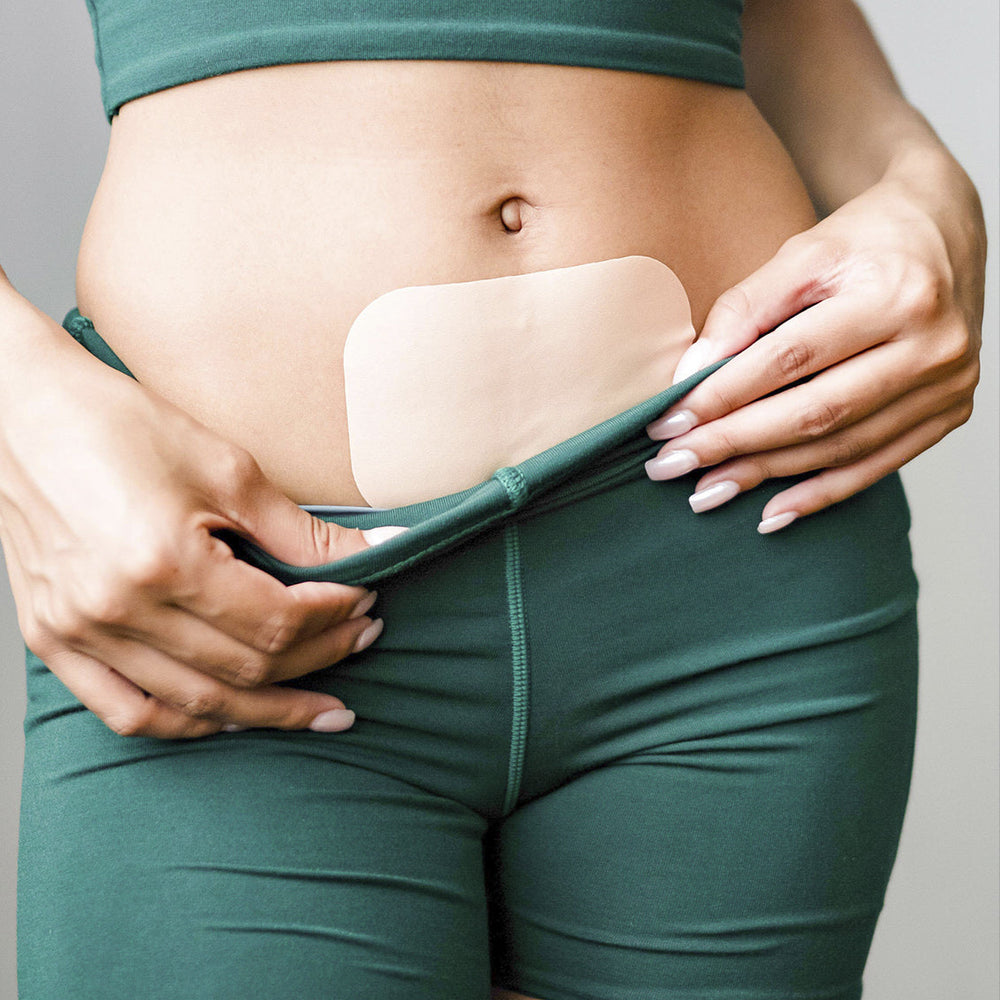Enjoying the Sunshine Safely
Sunshine is quite literally a life giving thing. Scientists estimate that 82 million quads of Btu energy from the sun reaches the earth’s surface each year. That’s 20,000x the amount of energy used by the entire human race throughout history. Needless to say, sunlight is certainly powerful and foundational to the flourishing of all life on Earth, which of course includes human beings. On the whole, one could easily argue that sunshine is a good thing. Beholding its rays lifts our moods and has holistic health benefits. However, we also know that too much of a good thing can very quickly become a bad thing. It is widely known that too much sun exposure without proper protection results in at the very least sunburns and at the very worst varying forms of skin cancer. Sunshine, like most of the great things in life, must be embraced in moderation. But what does it mean to enjoy the sunshine safely? How do we fully acknowledge the pros and cons and make balanced decisions that dictate our behavior? Well, we trust the medical experts, which is certainly wise in times like these and beyond.
First and foremost, let’s survey the health benefits of sunshine. What is there to love about it? According to reputable online medical information sources such as Healthline and WebMD, sunlight significantly bolsters mental and physical health by:
Increasing the brain’s release of serotonin
Combating skin conditions
Minimizing risk for certain cancers
It is also largely known that sunlight provides something else our bodies need to thrive: vitamin D. As it turns out, vitamin D isn’t actually a vitamin, but a prohormone that facilitates proper calcium absorption. Having appropriate vitamin D levels can minimize the risk of cancers correlated with calcium deficiency like colon cancer, ovarian cancer, and pancreatic cancer.
Enhancing sleep quality
Improving and maintaining eyesight
Now, we need to recognize that sunshine, perhaps ironically, has its dark side. As I mentioned before, too much of it is dangerous. I mean, it is in large part UV radiation after all. The sunlight’s power needs to be respected and accounted for in decision-making. So when having fun in the sun, do so while:
Being mindful of the time of day
Wearing sunscreen
NOT going to tanning beds
We all love a nice sunny day. Sunlight is absolutely wonderful overall. But remember, too much of a good thing is not a very good thing. Enjoy the sun and all its benefits while wearing sunscreen, doing everything safely. And in the midst of these troubling times, I hope that we can come together as the LILAS community and understand how our appreciation of day-to-day things like the sunlight can fortify all of our wellness journeys all the more.


Leave a comment